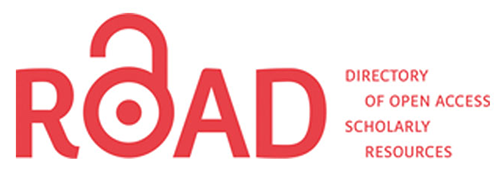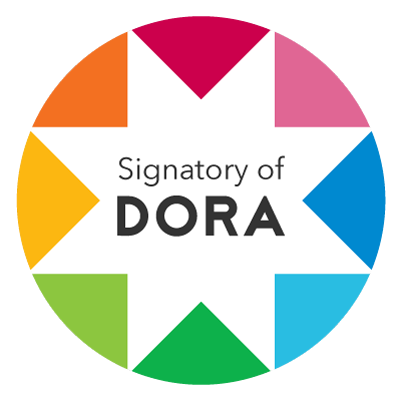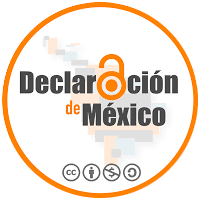Between the Archive and The Archivist
Reconstruction and Management of The Sound Archive of Carlos Vega
DOI:
https://doi.org/10.24215/25249215e046Keywords:
Sound archive, sound heritage, musicology, Carlos VegaAbstract
The foundational sound archive of the Instituto Nacional de Musicología «Carlos Vega» (INM) was generated by Carlos Vega as an object of study to examine and classify the popular music of Argentina and Latin America. In turn, Vega’s musicological research has become an object of analysis in itself. However, neither Vega nor his successors have paid special attention to the reflection of the praxis of documentary production and classification. Therefore, this article investigates the documentary policy developed by Carlos Vega in order to propose a possible methodology for the management of his collection. First of all, the modes of creation, cataloguing and selection initiated by Vega and continued by the institute are studied. Secondly, a series of strategies adopted in pursuit of the integral and procedural approach of the institutional sound archive of the INM is exposed.Downloads
References
Adduci Spina, E. (2021). Sección Científico Técnica. Puesta en valor de los documentos vinculados a los viajes de campo realizados por Carlos Vega y equipo (1931-1965). Música e Investigación, (29), 261-265.
Aretz, I. (septiembre de 1986). Homenaje a Carlos Vega [Objeto de conferencia]. Terceras Jornadas Argentinas de Musicología, Instituto Nacional de Musicología «Carlos Vega», Buenos Aires, Argentina.
Buitrago Díaz, E. (2014). Corpus mechanicum y Corpus misticum. Revista Iberoamericana de Derecho de Autor, (14), 134-155.
Consejo Internacional de Archivos. (2000). ISAD(G): Norma Internacional General de Descripción Archivística. Ministerio de Cultura, Educación y Deporte de España.
Derrida, J. (1997). Mal de archivo. Una impresión freudiana. Editorial Trotta.
Di Cione L. (2019). Administrar, catalogar y digitalizar. Informe de avance de ejecución del proyecto beneficiario de la I Convocatoria del Programa Ibermemoria Sonora y Audiovisual en el Instituto Nacional de Musicología «Carlos Vega». Música e Investigación, (27), 159-183.
García, M. A. (2018a). La «condición archivo». Una reflexión sobre registros sonoros realizados por Martin Gusinde en Tierra del Fuego. En B. Göbel y G. Chicote (Eds.), Transiciones inciertas. Archivos, conocimientos y transformación digital en América Latina (pp. 98-118). Universidad Nacional de La Plata, Instituto Iberoamericano de Berlín.
García, M. A. (2018b). ¿Qué es un registro sonoro? Sobre las ilusiones y certezas de la etnomusicología. Resonancias. Revista de investigación musical, 22(43), 67-82. https:// resonancias.uc.cl/n-43/que-es-un-registro-sonoro-sobre-las-ilusiones-y-certezas-de-la-etnomusicologia/ Heredia Herrera, A. (1991). Archivística general. Teoría y práctica. Diputación Provincial de Sevilla.
IFLA - Federación Internacional de Asociaciones de Bibliotecarios y Bibliotecas. [1997] (2015). Requisitos Funcionales de los Registros Bibliográficos. IFLA.
Lehmann, M. (1881). The Regulations of July 1. [La Normativa del 1 de julio]. Prussian Privy State Archives.
Ruiz, I. (2023). Historias y reflexiones en torno a un archivo sonoro y sus roles en la investigación etnomusicológica argentina. En M. A. García (Ed.), Los archivos de las (etno) musicologías. Reflexiones sobre sus usos, sentidos y condición virtual (pp. 47-64). Ibero-AmerikanischesInstitut - PreußischerKulturbesitz.
Torres Mulas, J. (2001). El documento musical. Ensayo de tipología. Cuadernos de Documentación Multimedia, (10), 743-748.
Vega, C. [1930] (1989). Proyecto para la recolección de la música tradicional argentina. Revista del Instituto de Investigación Musicológica Carlos Vega, (10), 281-294.
Vega, C. [1965] (2012). La musicología como ciencia. Música e Investigación, (20), 161-170. Viggiano Esain, J. (1948). La Escuela Musicológica Argentina. Universidad Nacional de Córdoba.
Wallys, N. de (1841). Instructions pour la mise en ordre et le classement des archives départamentales et comunales. [Instrucciones para el ordenamiento y clasificación de archivos departamentales y municipales]. Ministère de l’Intérieur de la France.
Downloads
Published
How to Cite
Issue
Section
License

This work is licensed under a Creative Commons Attribution-NonCommercial-ShareAlike 4.0 International License.
The acceptance of the manuscript by the magazine means the non-exclusive cession of the property rights of the authors in favour of the editor, who allows the reuse, after publication (post print), under a license Attribution-NonCommercial-NoDerivatives 4.0 International.
According to these terms, the material can be copied and redistributed by any means or in any format as long as a) the author and original source of the publication are quoted (magazine and URL of the work), access to the license is provided and whether changes have been made is mentioned; and b) the material is not used for commercial purposes.
The cession of non-exclusive rights means that after the publication (post print) in Clang the authors can publish their work in any language, means and format; in such cases it must be mentioned that the material was originally published in this magazine. Such cession also means the authorization of the authors for the work to be collected by SEDICI, the institutional archive of the Universidad Nacional de La Plata, and to be spread in the databases that the editorial team considers appropriate to increase the visibility of the publication and its authors.
Moreover, the magazine encourages the authors to deposit their productions in other institutional and thematic archives under the principle that offering the society the scientific and academic production without any restrictions contributes to a greater exchange of the global knowledge.

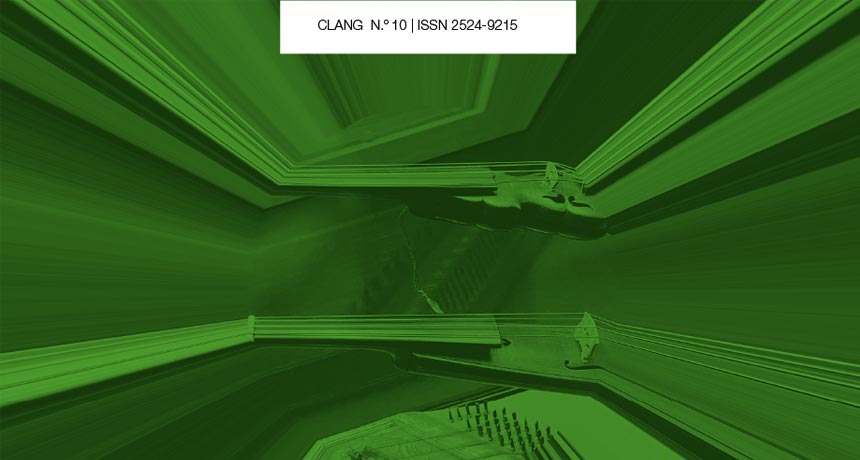








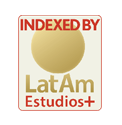

 </a >
</a >